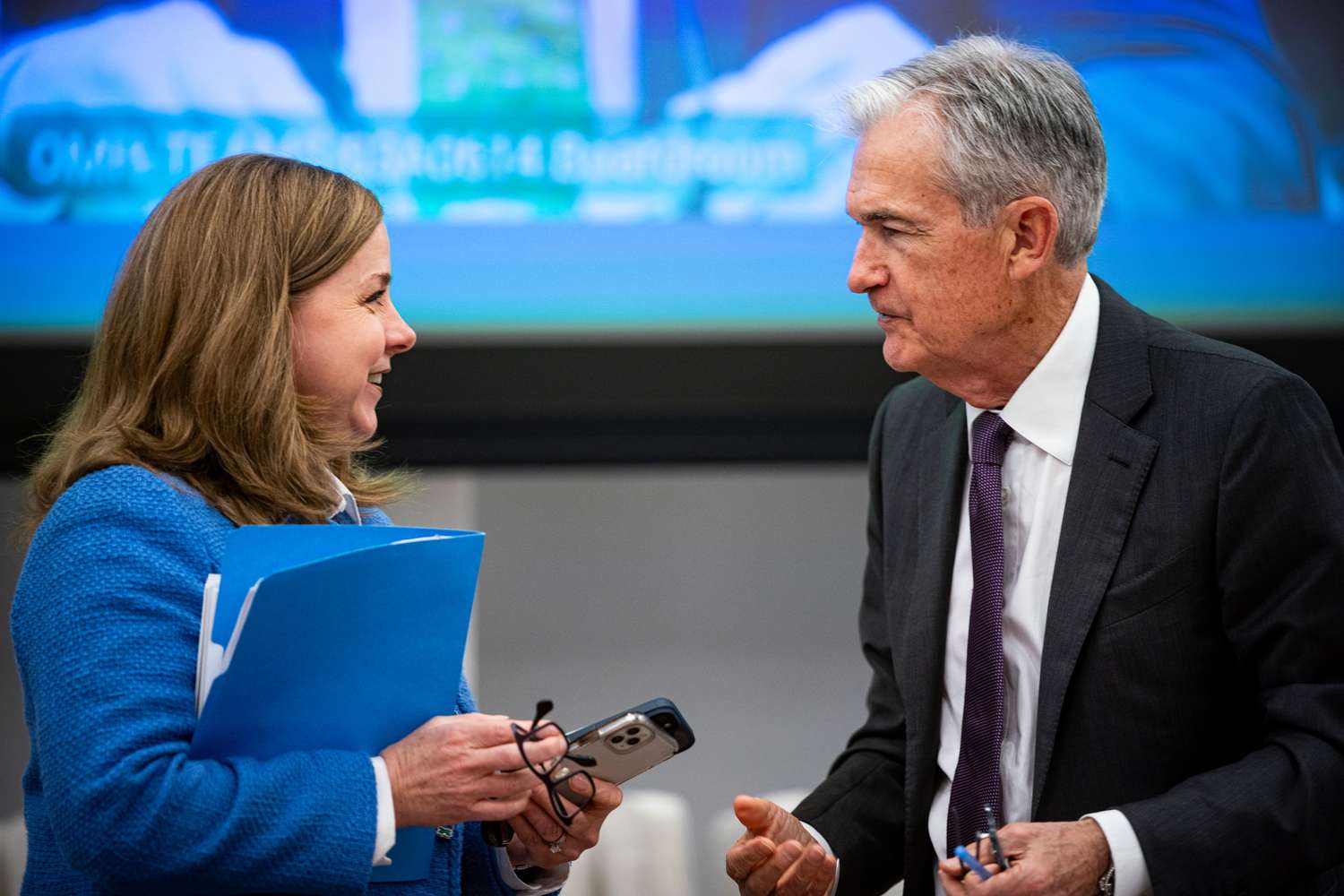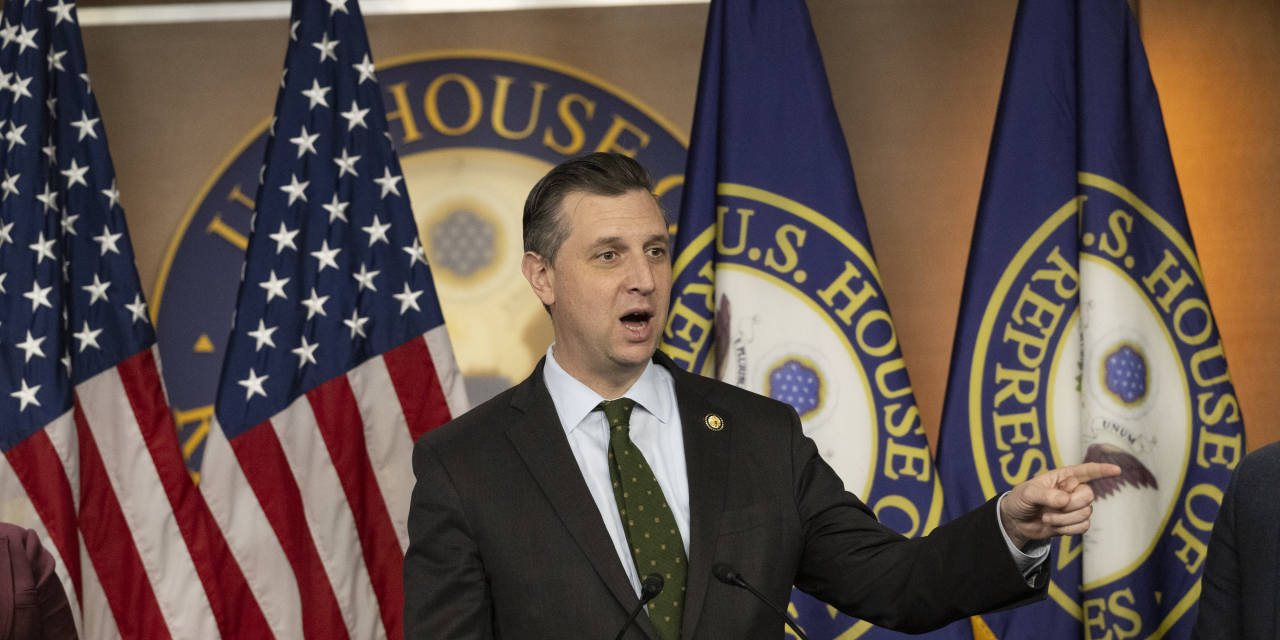Fed Policymakers Split on Rate Cuts in July

FOMC Meeting Highlights
The Federal Open Market Committee (FOMC) June meeting minutes revealed significant disagreements among Federal Reserve policymakers over the necessity and timing of interest rate cuts. While "a couple" members expressed openness to a rate reduction in July, the majority preferred maintaining a cautious approach. The split reflects differing views on inflation trends and the potential economic impact of ongoing tariff policies.
Concerns over inflation remain central to the debate. Some policymakers believe current inflationary pressures, exacerbated by tariffs, could be temporary and modest. However, others worry that rising import costs might drive consumer prices higher, complicating the Fed’s mandate of achieving a 2% inflation target. The uncertainty surrounding trade policy and its broader economic effects has made consensus on monetary policy adjustments challenging.
Economic Indicators and Projections
Inflation trends continue to diverge from the Federal Reserve's preferred target of 2%. The core personal consumption expenditures (PCE) price index, the Fed's favored inflation gauge, rose by 2.7% in the 12 months leading to May, signaling persistent price pressures. This upward trajectory has raised concerns among some FOMC members about the risks of inflation running above target for an extended period.
Despite inflation concerns, the U.S. labor market remains resilient. Strong job creation and low unemployment rates suggest economic strength, allowing the Fed to maintain its current monetary policy stance. Policymakers view this robust labor market as a buffer against potential economic downturns, providing them with additional time to assess inflation developments and broader economic conditions before making any rate adjustments.
Future Rate Cut Expectations
Support for immediate rate cuts remains limited among FOMC members. While some participants acknowledged the potential need for rate reductions later in the year, most preferred adopting a "wait-and-see" approach. Only a small faction of policymakers advocated for a near-term rate cut, citing concerns over inflation and economic uncertainty.
Financial markets, however, continue to anticipate rate cuts later in 2023. Current pricing data from CME Group’s FedWatch tool indicates that investors expect the Fed to lower rates by 25 to 50 basis points by the end of the year, with September and December being the most likely windows for action. This divergence between market expectations and the Fed's cautious stance underscores the complexity of navigating monetary policy in an environment of economic uncertainty.
 Sources
Sources- Fed minutes little support rate cut later month
 yahoo
yahoo - Fed Lower Interest Rates July? Policymakers Split, FOMC Minutes
 yahoo
yahoo - Fed Lower Interest Rates July? Policymakers Split, FOMC Minutes
 investopedia
investopedia
 Keep Reading
Keep ReadingAbout the author

Top News
Related Articles
- Fed minutes little support rate cut later month
 yahoo
yahoo - Fed Lower Interest Rates July? Policymakers Split, FOMC Minutes
 yahoo
yahoo - Fed Lower Interest Rates July? Policymakers Split, FOMC Minutes
 investopedia
investopedia
People Also Watch























